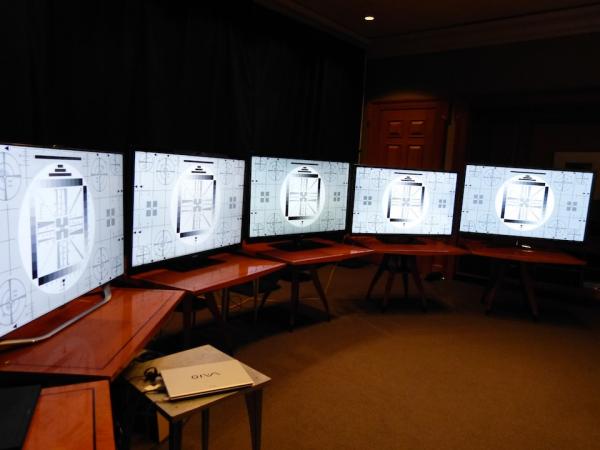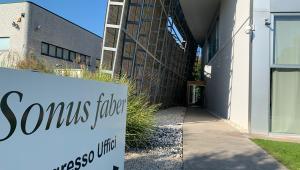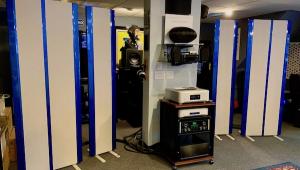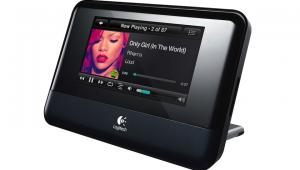Shootout at the Sony Corral

You hear plenty about Sony in the news these days. Reports usually cite the company’s latest staggering financial loss, followed by something on its most recent vow to get its house in order by cutting business interests it no longer deems profitable.
One biz that’s apparently dragging Sony down is LCD TV. In an effort to turn things around, the company recently sold its stake in a LCD panel manufacturing venture it owned jointly with Samsung. But even though Sony is no longer involved in manufacturing raw LCD panel components, it is still very much involved in selling TVs. The company also claims significant performance advantages over other LCD TV brands — and it isn’t afraid to demonstrate those advantages in a side-by-side shoot-out.
I’ve been to plenty of demonstrations of the type that Sony’s TV division held at the company’s NYC offices this week. Funny enough, the brand conducting the shoot-out always seems to win! But even if you account for the possibility that settings were fudged to make certain sets look superior to the competition, the Sony contenders — which included the XBR-55HX929, a carry-over model from 2011, and the company’s new KDL-55HX850 (the other models included same-size LCDs from Samsung and LG, and a 59-inch plasma from Samsung) — put in an impressive showing during the lengthy round of torture tests that the visiting engineers from Sony Japan submitted them to.
The results were hardly surprising in the case of the XBR-55HX929, a set with a full-array local-dimming backlight that was the lone LCD model to earn a Sound+Vision Editor’s Choice award for 2011. But the comparison’s real shocker was how well the KDL-55HX850, a set that uses an edge-lit LED backlight, held up against the competition, the 55HX929 included.
The main problems we’ve seen when testing edge-lit LCDs have to do with screen uniformity: When viewing dark scenes in movies or TV programs, the edges of the screen can look significantly lighter than the center. (Plasma TVs, on the other hand, don’t suffer the same issue because there is no backlight; the pixels in the display are self-illuminating.) But the HX850 revealed no problems with screen uniformity during the shootout — blacks looked equally solid at all points across the screen. Another issue with edge-lit LCDs is poor shadow detail, with black areas of the picture “floating” in level as images get darker. Once again, the HX850 didn’t have a problem here; its performance actually rivalled its local-dimming XBR brother on test patterns and dark torture-test clips from movies.
What’s the secret sauce that Sony puts into its top-of-the-line LED LCDs to make them look good? In the case of the HX929, optical diffusion generated by the local-dimming backlight is augmented with a custom algorithm that analyzes the picture to create a “simulated diffusion.” This results in a compensated picture that can reduce blooming (light leakage into adjacent backlight zones) and boost contrast by emphasizing dark/light transitions. A form of local dimming — Sony’s label for it is "LED Dynamic Control" — is also present on the HX850, although that set’s edge-lit LED array means that control over backlight zones is limited in comparison with the full-array HX929. (This was clearly evident during the shootout, with the HX929 displaying stronger contrast on a per-scene basis.) Sony’s video processing also dynamically adjusts the level of juice routed to individual LCD cells to maintain consistent gamma during dark scenes — a contributing factor in the TV’s on- and off-axis screen uniformity.
Keep an eye peeled for S+V’s take on the KDL-55HX850 in an upcoming issue. After sitting through Sony’s shootout, our expectations will be running high.


















































